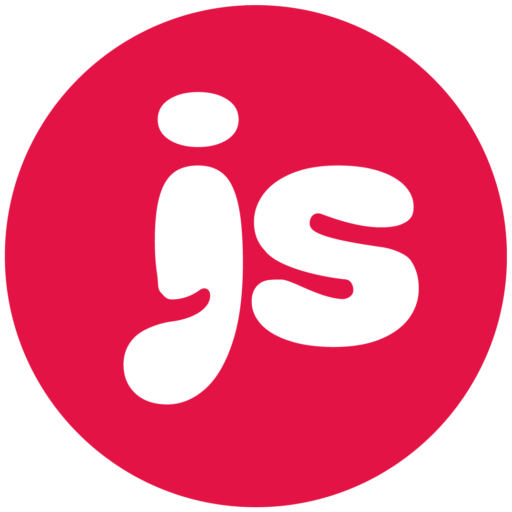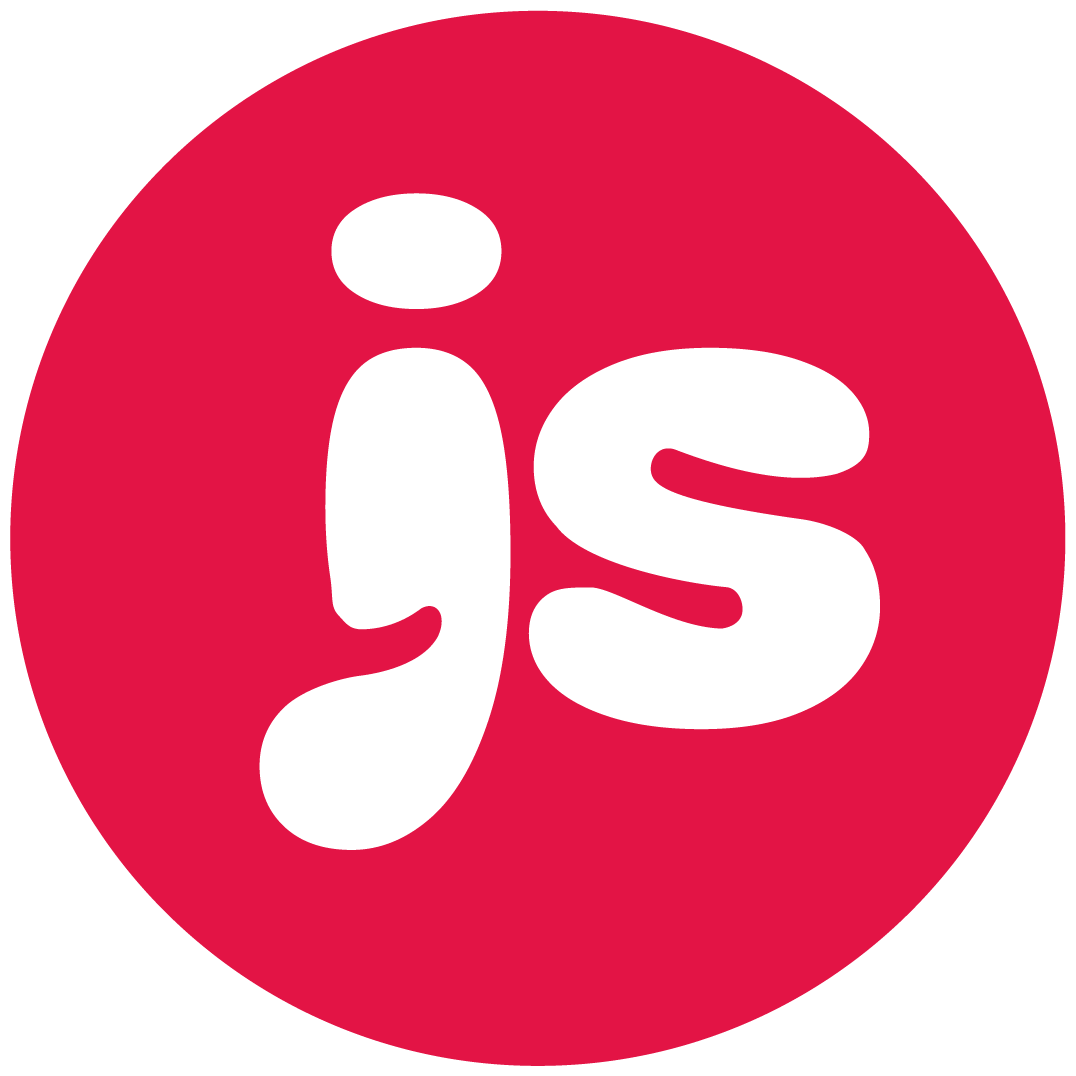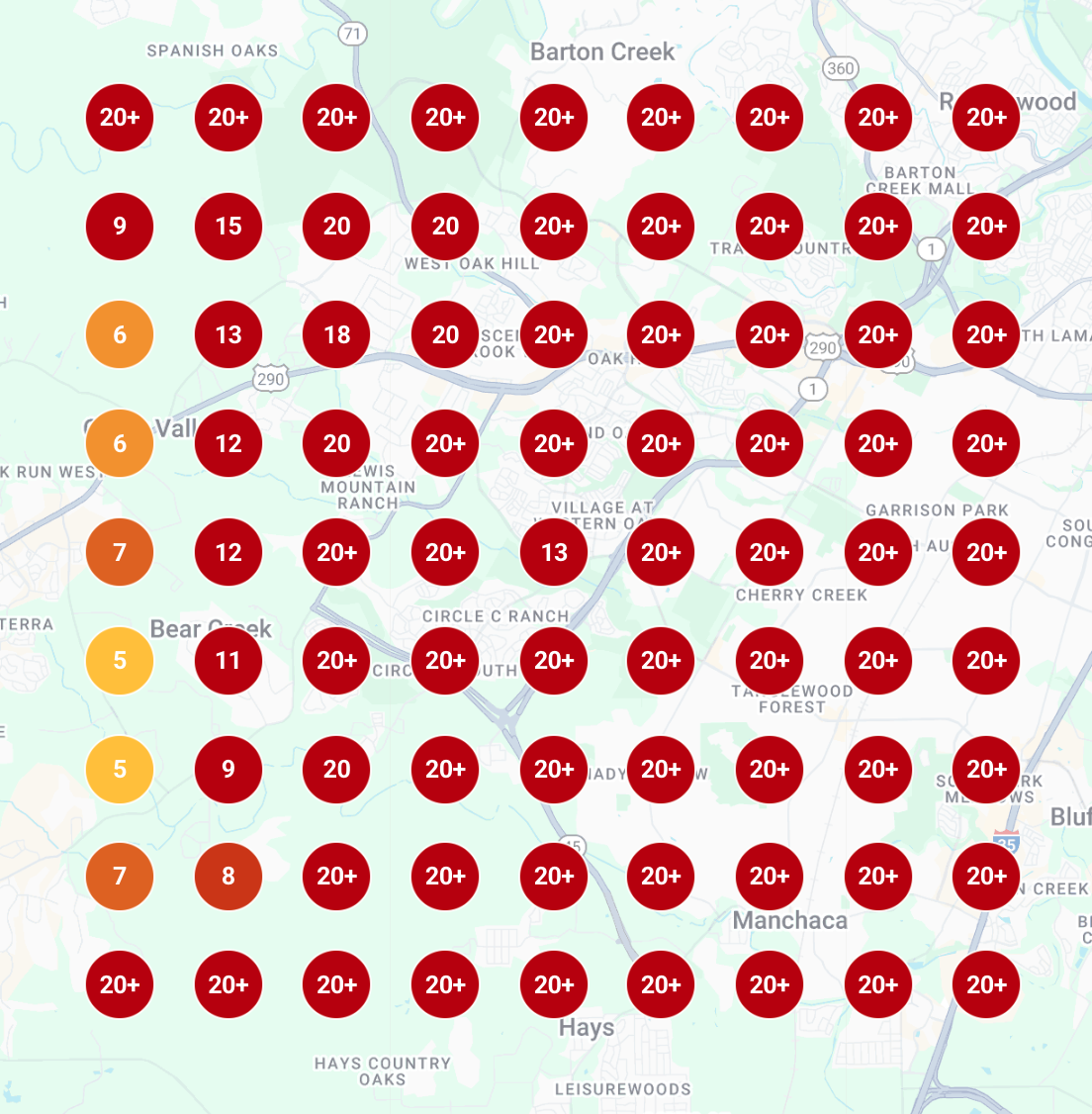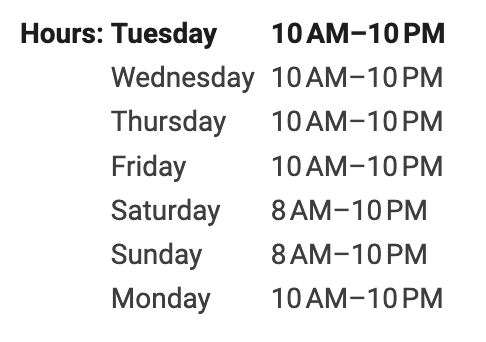Would you like less foot traffic to your restaurant? How about 93% fewer actions like website visits and calls? Who can I sign up??
It sounds silly, but this is exactly what restaurant owners are doing when they ignore local search.
In a way, it’s understandable – you’ve already gone through the work of creating the brand, creating the menu, hiring the staff, and you’re filling the place up on Fridays and Saturdays.
And – Instagram is sexier, pay-per-click (PPC) advertising is faster and discounts are well-loved.
But don’t sleep on local search, and specifically Google Map’s ‘Local Pack’.
The business impact of Google Map’s ‘Local Pack’
As you might have guessed, businesses listed in the Google 3-pack get way more attention than those that aren’t. To be more specific, they get 126% more traffic and 93% more actions, like calls and website clicks, compared to those ranked between 4-10. This puts into perspective just how crucial it is for your company to get a spot in those search results. On that note, let’s take a look at other local SEO stats related to Google pack: – https://seoprofy.com/blog/local-seo-statistics/
42% of local searches involve clicks on the Google Map Pack. https://www.onthemap.com/blog/local-seo-stats/
And ‘near me’ searches (that are likely to go through the 3 Pack on a customer’s way to your restaurant) are up a staggering 900% in the last 3 years.
Think about that. Anyone ignoring local SEO is missing a huge opportunity.
You might have seen an image like the following:
This is the local search results for a restaurant in South Austin. Every dot is an imagined person searching on their phone for the phrase ‘restaurant near me’.
The color indicates the rank in search, as does the number. For instance, ’20+’ refers to the position on the search results page when our imagined user searches for ‘restaurant near me.’
To rank in the ‘3 pack’, a dot would need to be in position 1-3 (and would be green to indicate a high rank).
This particular establishment has some work to do to reach Google’s Map Pack.
If you know your rankings are low in local search and you are looking to increase your revenue, there’s a ton of opportunity to start thinking about local search.
There’s no silver bullet for improving rankings on local search. As with any business, it’s the small details that matter, across a wide range of arenas. If that sounds overwhelming, don’t worry – I’m here to guide you.
Your Google Business Profile is the place to start improving your local search results
It’s great news that Google Business Profiles (GBP) are available to every business owner, and you don’t need an agency to master this necessary part of running a local business.
First, claim your GBP. This gives you access to edit and update the profile.
There’s some key areas of the GBP that are important to think about. Accuracy, activity and reviews – AAR.
Accuracy of your business information on the Google Business Profile
Restaurant name, address and phone number (NAP – name ) are key areas to pay attention to. There’s lots of online directories that list business information, and it’s critical that the information match exactly across the various directories – we’ll discuss these in a minute.
Indeed, 30% of all searches on a mobile device are related to location. Having your address correctly formatted is one of those small details that makes a big difference.
Hours – what to watch out for
A problem area I’ve run across on business websites is the format of business hours.
Google formats business hours with 7 individual days, like so:
I’ve restaurants format hours on their website like so:
Monday – Friday: 10am – 10pm
Saturday – Sunday: 8am – 10pm
Why is this a problem? Even though for a human reader the two formats are effectively the same, for Google this might not be the case.
Google doesn’t publish its algorithm, so it’s impossible to know without dedicated testing. However, given the weight that Google places on accuracy of information, it’s actually a risk to deviate from Google’s hours format – and even though Google’s format is less concise, it takes less energy to decipher Google’s version than the more truncated version that Google publishes.
A format exactly in-line with Google’s would be something like this:
Monday: 10am – 10pm
Tuesday: 10am – 10pm
Wednesday: 10am – 10pm
Thursday: 10am – 10pm
Friday: 10am – 10pm
Saturday: 8am – 10pm
Sunday: 8am – 10pm
If this seems ‘in the weeds’ – it’s important, so don’t overlook it.
Where to find the directories where my business is listed?
BrightLocal has a great rollup of all the places where your business is listed. Caution – there’s a lot!
I’m going to list only the major ones:
- Your website
- Google Business Profile
- Apple Business Profile
- Yelp
- Nextdoor
- Local Yahoo
- Trustpilot
- Waze
- Foursquare
And many, many more.
If you’re a restaurant, how should I think about the information on my menu?
There’s a few critical pieces of your website. Name, address, hours and phone numbers need to be accurate and exactly matched with the format of your business profile. Menu is the other aspect.
Google wants to have a text version of your menu to display on the business profile. But for great SEO and a better user experience, you should consider using a text-based menu rather than an image of the menu.
Text-formatted menus offer advantages over image-based menus
It loads faster. 57% of local searches are done on a mobile phone according to synup. Since the majority of people are searching local businesses on a bandwidth-limited device, its important to consider page load speed. Text loads significantly faster than images – and load time of a business’ website is a part of the user experience that Google considers in local rankings.
It’s easier to read – for people and for Google. Text can be easily enlarged by the browser, leading to better comprehension, especially for anyone with impaired vision. And while Google Vision can read text off of images, text-based menus are much, much easier for Google to scan, comprehend and rank. As with many parts of improving your online presence to appear in local search, helping Google make sense of your business can have a big impact in ranking higher.
AI search engines are more likely to understand your offerings – you were wondering when I’d get to the ‘A’ word (AI). It’s true – not all AI search engines will be able to (or want to) scan a menu image just to read the words. AI search works differently than a classic keyword-driven search engine. AI search engines look for contextual information across the web in order to create answers. Since AI is expensive, AI search engines look to reduce costs and compute time by saving energy. And scanning an image for the text is processor (and cost) intensive, far more than words. So it’s possible that image-to-words won’t be a part of AI search results for a long time.
Keeping your menu up to date is an important part of Google’s ranking signals for local search. Make sure they are the same, and display it as text on your website.
Generate activity on your Google Business Profile
As you might have gathered from the discussion of hours, sometimes Google isn’t very smart.
Sometimes it’s terrifyingly smart, as with Google Vision – essentially they gave a computer eyes and the ability to scan a photo, and then categorize the objects in the photo. It can even read the emotion on people’s faces.
But as with hours, Google has no way to know how engaged you are as an owner or manager. Their proxy for this is to see how often you are updating your Google Business Profile. Is it fair? No. But Google is the 800-pound gorilla in the room, and so we need to figure out way of helping it understand that we’re an engaged management team.
What does that mean? It means that you need to think about systemitizing uploads and changes to your profile.
There’s a couple of ways to do this.
Google now lets you add your social media profiles to your GBP. And social posts can often be displayed.
Manage your photos for lots of local search benefits
Something to remember is that doing this work isn’t just for the sake of Google. Especially for restaurants, so many searches are done via a ‘near me’ or location-based search that people are interacting with your brand online in many, many ways.
Having curated, up-to-date photos on your GBP offers a few benefits.
Curated photos ensure that your restaurant looks its best to your customers
Since users can upload photos, in the absence of a selected cover photo, Google will use what it has on hand. And while user generated content (diner photos) give a restaurant the ring of authenticity, they aren’t always the best quality photos.
Setting a cover photo will ensure that when searches look at your profile, that they’re seeing a curated image that you want to represent your business.
Adding photos lets Google know you are engaged and will help in local search rankings
Make it a point to visit your Google Business Profile, and upload new photos at least once a month. This helping Google see your business as one that’s engaged and active. And remember, Google is self-centered – they want to try and serve the best results to their customers because that keeps customers coming back. They use many things as a proxy for ‘best’ – and engagement with the Google Business Profile is one of them.
Reviews are key for ranking your restaurant well in local search
Yup, we saved the best for last.
Restaurant and SMB reviews are a critical piece of how Google determines ranking in local search.
Number of reviews – businesses with for example 900 compared to 90 reviews will be seen by Google are having more engagement and a more trustworthy star-rating.
Recency of reviews – Google weights recent reviews more highly than older reviews
Review engagement – It’s important to respond to every review, positive or negative, where ever your customer is on the web. In this article, we’re focusing on Google, but there are many other restaurant review sites such as Yelp and Tripadvisor. You need a centralized way of tracking reviews so that awareness of new reviews and responding is not such a heavy burden.
Before we talk about getting more reviews, I want to add a disclaimer – never, ever offer compensation for positive reviews. If it were me, I’d shy away from asking anyone to even give a positive review. I’ve heard a good to ask if for an ‘honest’ review. And certainly it’s OK to find customers who are enjoying themselves and asking them to scan a QR code (table tents are great for this) to Google, Yelp, TripAdvisor or other review site to leave a review. If they’re having a great time, they’re more likely to leave the review, and more likely to leave a positive one. (and don’t forget to respond, even to the great reviews).
How to get more reviews on your Google Business Profile
Make it easy way for customers to access review sites. Table tents are great for this, with QR codes for your Google Business Profile reviews section, Yelp and others. Many customers have a place where they review restaurants (even Reddit!), so don’t force them to go to one, but do offer them the opportunity to reach your Google Reviews.
Ask customers for ‘honest’ reviews. Be neutral, and ask smiling customers to leave a review. I like to add “if enjoyed the meal tonight, a review is a great way to let others know about us and a chance for your to let us know how we can improve. We read them all.” (pointing out the QR code on the table).
About the author

Jon Simmons
Jon is an Austin-TX based visual branding and marketing specialist. He specializes in local discovery for home & professional services.
Jon has over 15 years of experience driving ROI for small businesses in the form of awareness, calls, emails, downloads of menus and (most importantly) customer visits.
Jon is also a co-owner of Slow North along with his wife (and company CEO) Michelle Simmons. At Slow North, Jon led an SEO campaign to realize a 650% sustained rise in organic search and local search traffic.



